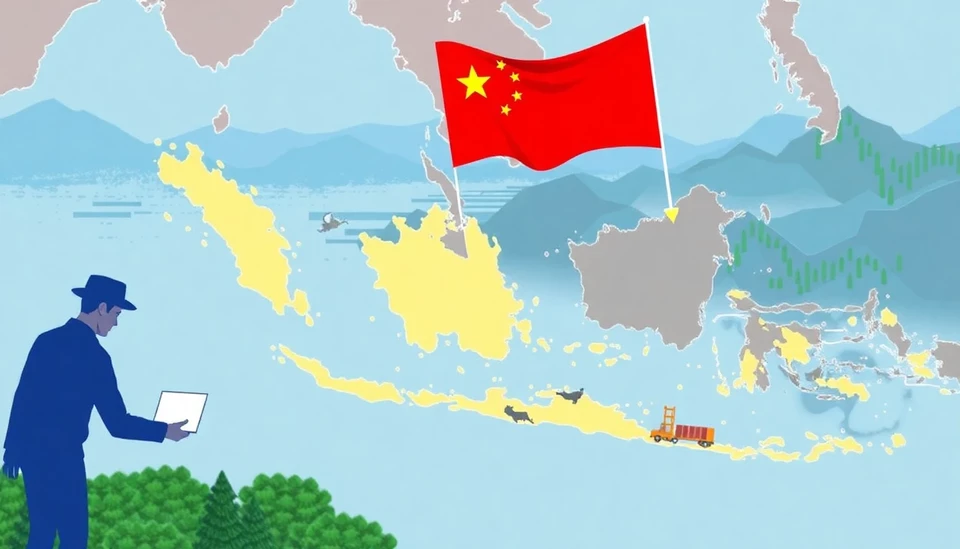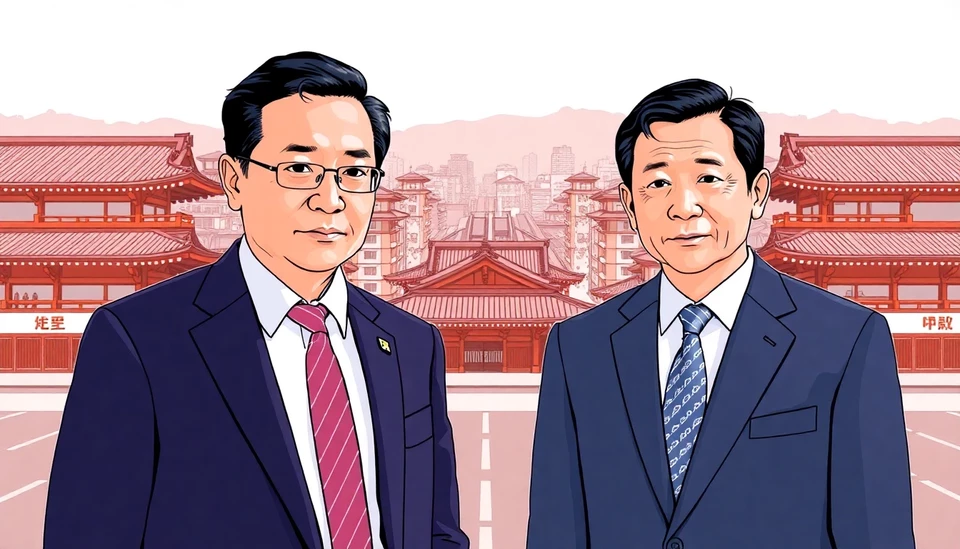
China's significant investments in Southeast Asia are complicating U.S. plans to bolster its supply chains in the region. As the U.S. aims to reduce its dependence on China for essential goods, Beijing's embrace of countries like Vietnam, Indonesia, and Malaysia is not only enhancing its economic ties but also challenging the U.S.'s geopolitical objectives. The situation poses a potential setback for U.S. efforts to create a more resilient manufacturing ecosystem outside China.
The Chinese government's Belt and Road Initiative, launched in 2013, has laid the groundwork for increased financial support and infrastructure development across Southeast Asia. This initiative has attracted many countries eager for economic growth, making it increasingly difficult for the U.S. to compete for influence in the region. China has intensified its investments in various sectors, including technology, manufacturing, and energy, which have led to the establishment of a robust trade network that further integrates these Southeast Asian economies with China's.
As part of its strategic pivot towards Southeast Asia, China has also established free trade agreements and economic partnerships, positioning itself as an essential trading partner for many nations in the region. The result is a shift in the economic landscape where countries feel they have more to gain from close ties with China than they do from the U.S. This growing dependency poses a significant challenge for American companies and policymakers, as it limits their options for diversifying supply chains.
In response to this dynamic, the U.S. has attempted to promote its own initiatives, such as the Indo-Pacific Economic Framework (IPEF), aimed at fostering economic collaboration among like-minded nations. However, analysts argue that the impact of these efforts has yet to match the allure of China's investments, as many Southeast Asian nations continue to prioritize economic growth over geopolitical alignment. The challenge for the U.S. remains in balancing its desire for a diverse supply chain network while also addressing the rising influence of China in the region.
Moreover, U.S. companies looking to relocate their supply chains face hurdles of their own. The ongoing semiconductor shortage and other economic challenges make it difficult to quickly pivot to alternative sources outside of China. As companies evaluate their operations, many are discovering that shifting manufacturing bases to Southeast Asia is not as straightforward as anticipated. Rising labor costs, developing infrastructure, and regulatory environments pose additional challenges that hinder this process.
The geopolitical struggle between the U.S. and China in Southeast Asia is multifaceted, encompassing economic, technological, and political dimensions. With China investing heavily in building relationships and supporting infrastructure projects, it appears to be leveraging its economic prowess to secure a dominant position in the region that may not easily be disrupted by U.S. efforts. As dynamics continue to evolve, both superpowers will need to navigate an increasingly complex landscape where economic ties dictate political outcomes.
Ultimately, the battle for influence in Southeast Asia is emblematic of larger global trends and the shifting power dynamics between the U.S. and China. As both nations ramp up their efforts to secure alliances and favorable trading conditions, the long-term implications for the region's economies and its geopolitical landscape will be closely watched by investors, policymakers, and analysts alike.
In conclusion, the intertwining of China's investments with Southeast Asia's growth presents not just an economic forecast but a paradigm shift that could redefine regional relations and the global supply chain dynamics as we move forward.
<>#> #China #SoutheastAsia #USSupplyChain #BeltandRoad #IPEF #Geopolitics #EconomicGrowth #Manufacturing #TradeRelations #GlobalEconomy #<
Author: Laura Mitchell




